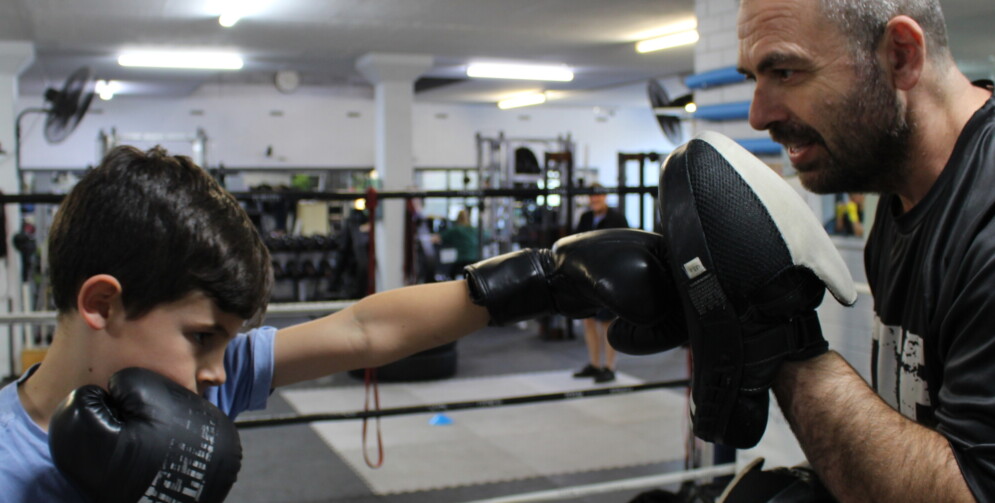Embarking on a journey toward fitness is a transformative decision that resonates across all ages, prompting many in Australia to ponder a fundamental question: “What age can you go to the gym?” This inquiry isn’t merely a curiosity but a pivotal consideration for those aspiring to embrace a healthier lifestyle.
Delving into the age-related nuances of accessing gyms in Australia reveals a multifaceted landscape shaped by policies, cultural dynamics, and individual aspirations. In this exploration, we navigate the intricacies surrounding age eligibility for gym entry, providing insights into the diverse factors that govern this fundamental aspect of the fitness journey.
Join us as we unravel the layers of age-related considerations, fostering a comprehensive understanding of when and how Australians of various age groups can step into the dynamic world of fitness. Let’s delve deeper into the guidelines and opportunities awaiting fitness enthusiasts of all ages across the country.
Kids’ Classes at TTF Kick Punch Lift Adelaide
At TTF Kick Punch Lift, we believe fitness should be fun for all ages! That’s why we offer specially designed classes just for kids and youths. Our programs are tailored to help young ones develop strength, coordination, and confidence in a safe and supportive environment.
What Age Can You Go to the Gym in Australia?
In the vibrant world of Australian fitness, the age at which individuals can set foot in a gym is a topic of interest. Typically, Australian gyms welcome individuals aged 16 and above, signaling the beginning of a journey into health and fitness. However, this age criterion is not uniformly applied. Gyms throughout the country may have differing policies, adding complexity to the question of when one can commence their gym experience.
Understanding Gym Entry Requirements
For those eager to engage in a workout at a nearby gym, grasping the age-related regulations is crucial. While 16 is a common starting point, variations exist, prompting a closer examination of each gym’s rules. Let’s delve into the specifics of age-related restrictions, covering safety protocols, legal aspects, and the diverse gym environments in Australia. Join us as we uncover the age-specific facets of fitness centers in Australia, ensuring a well-rounded initiation into the gym scene.
Tailored Workouts for Different Age Groups
As the age spectrum widens, so does the approach to fitness in Australian gyms. Recognizing the diverse needs and capabilities of individuals at different stages of life, many fitness centers tailor their workout plans to cater to specific age groups. From energetic teenagers to seniors maintaining an active lifestyle, the Australian fitness landscape embraces inclusivity.
Australian Gym Culture: Embracing Diversity and Well-Being
When it comes to the Australian gym experience, it’s not just about lifting weights or running on a treadmill. It’s about fostering a sense of community and inclusivity that transcends age barriers. Australian gyms are vibrant spaces that bring together individuals of all ages and fitness levels in a shared journey towards well-being.
- Celebration of Diversity: Gyms in Australia are more than just workout spaces; they are hubs of diversity and camaraderie. People from all walks of life come together to celebrate their unique fitness journeys.
- Collective Commitment: Beyond individual goals, Australian gym culture emphasizes a collective commitment to a healthier lifestyle. It’s not just about personal gains but about supporting each other in the pursuit of well-being.
Australian gym culture embodies the idea that fitness is not just about physical strength; it’s also about mental resilience, social connection, and overall well-being. By creating an environment that welcomes everyone, regardless of age or fitness level, Australian gyms are setting a new standard for inclusive and holistic fitness experiences.
Age-Appropriate Exercises: Tailoring Fitness Routines for Every Stage of Life
Embracing the ethos of Australian fitness means recognizing the importance of tailoring exercise routines to individual capabilities. This approach ensures that every age group benefits from exercises designed to meet their specific needs and goals.
Teenagers and Young Adults
For teenagers and young adults, a well-rounded exercise routine may consist of a combination of cardiovascular exercises, strength training, and flexibility routines. These dynamic workouts not only enhance overall fitness but also set the stage for lifelong health habits. Engaging in these activities at a young age fosters a strong foundation for future well-being.
Middle Years
As individuals transition into their middle years, their fitness regimen may evolve to include a mix of strength and endurance training. This balanced approach helps promote cardiovascular health, muscle flexibility, and overall well-being. The focus may also shift towards exercises that target bone density and joint flexibility, addressing the changing needs of this age group. By incorporating these exercises, individuals can adapt to the physical demands that come with aging.

